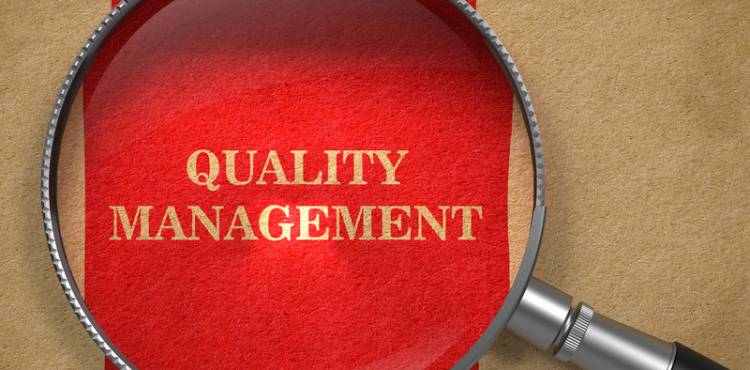Making the case for multiple eCommerce test environments

To stay ahead of the game, smart eCommerce companies are already in prep mode for the upcoming holiday shopping season. With only 121 days until Black Friday, the somewhat official start to the year’s biggest sales rush, business owners are pinpointing their target hero products, and marketers are creating campaigns around them. All the while, development teams are working to ensure that the hopeful surge in traffic won’t compromise their websites.
To say the least, a website can go through a lot of changes to support all of the new content that business owners want to feature during the holidays. Letting that content go live before testing it, however, would be a big mistake. Therefore, it’s recommended that not just one but multiple test environments be created.
Because there are often a variety of development team members all requiring different testing capabilities at the same time, one change can unknowingly impact another. This is when it would be ideal to have multiple test environments so that each major change can be tested in isolation of the other. Suggested testing environments include:
Quality Assurance: This environment allows developers to test and preview changes in a non-staging environment before content is propagated to production. And in fact, it can be helpful to incorporate multiple servers at this level. One can serve as an environment used to test the regular updates currently deployed, keeping them isolated to eliminate the risk of misinterpreted results while testing other deployed changes. Another QA server can then serve as the environment for testing longer-term projects. This isolation allows regularly scheduled updates to continue without impeding on the ability to conduct testing on other enhancements. Efficiency is also gained by eliminating the need for frequent coordination and interruptions to the daily workflow.
Staging: Due to untested updates deployed to QA environments, a certain degree of instability could be in play. Therefore, the migration toward production should include a more stable environment for verification: the staging server. Essentially, the staging server acts as the last stop in the process of migrating changes to the production environment. In the staging environment, the setup closely mimics production and therefore, ensures that if changes run correctly here, they will also run correctly when they go live.
Load Testing: In some cases, a staging server will be an exact match to production. In others, it’s not. No matter the case, it’s always recommended that one of the test environments be set up to exactly mirror production to facilitate load testing. This environment should be solely dedicated for load testing. In addition to load testing on a regular, quarterly basis, business owners should remember to conduct an initial load test to establish a baseline for future reference.
While these environments would roughly match the production environment, it’s clear to understand how they can also vary amongst themselves, both from a data and application perspective. Therefore, it’s necessary to keep them synchronized on a periodic basis, according to a schedule and guidelines that will need to be established.
To get assistance setting up various test environments on your eCommerce website, contact the team at NetSphere Strategies. Our developers have extensive experience helping online retailers prepare for the holiday season. Let the countdown begin!